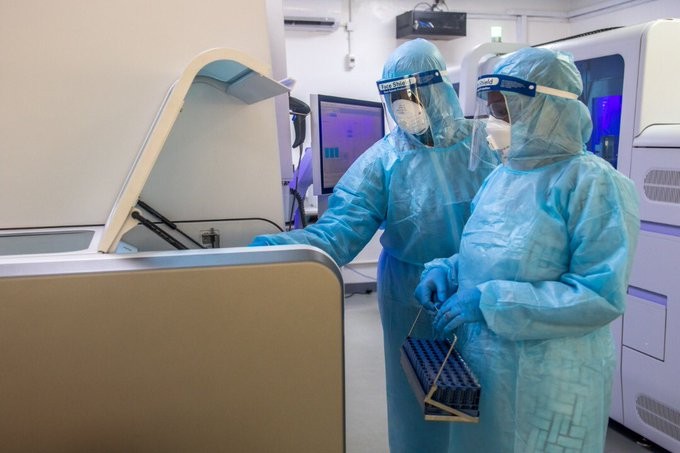Researchers predict coronavirus end date in U.S., UK, rest of the world

Researchers at the Singapore University of Technology and Design predict that the coronavirus pandemic will end globally early next year.
Their prediction is that the world would not be free of the virus until 5 January 2021.
But some countries would be free earlier than the terminal date projected.
The researchers used data-based estimations to create models which show the coronavirus life-cycle in specific countries.
Then they used the data to estimate an “end date” for the COVID-19 outbreak globally and in specific countries.
Countries featured in the analysis are the US, UK, Italy, France, Spain, Germany, India and Turkey.
Others are Saudi Arabia, Qatar and United Arab Emirates.
Here are the theoretical “end dates” for the coronavirus outbreak in the following countries:
United States: October 22, 2020.
Italy: October 23, 2020.
France: August 25, 2020.
Spain: August 15, 2020.
Germany: August 20, 2020.
India: October 19, 2020.
Turkey: September 11, 2020.
UAE:September 3, 2020
Saudi Arabia: September 10, 2020.
Qatar: September 14, 2020.
The SIR model uses three differential equations to describe the dynamic flow of people between three categories: S for the number of people ‘susceptible’ to infection, I for the number of infectious people, and R for the number of removed people (either recovered or died) in the population.
The research paper, updated 11 May, stressed that the predictions are uncertain and subject to change depending on real-world developments such as government policies, testing protocols and human behaviours.
“The model and data are inaccurate to the complex, evolving, and heterogeneous realities of different countries over time. Predictions are uncertain by nature,” the researchers warned.
“Readers must take any predictions with caution.
“Over-optimism based on some predictions is dangerous because it may loosen our disciplines and controls and cause the turnaround of the virus and infection, and must be avoided”.
The research was coordinated by Jianxi Luo, a tenured Associate Professor with the Singapore University of Technology and Design.
He is also the Director of Data-Driven Innovation Lab, and Director of SUTD Technology Entrepreneurship Program.
Prof. Luo holds a Ph.D. in Engineering Systems (Technology Management and Policy track) and an S.M. degree in Technology Policy from Massachusetts Institute of Technology, and M.S. and B.E. degrees in Engineering from Tsinghua University.
Prior to joining SUTD, he had been a faculty member at New York University, visiting scholar at Columbia University and the University of Cambridge.
He was Chair of the INFORMS Technology Innovation Management & Entrepreneurship Section.
He is currently on the editorial boards of Design Science (Associate Editor), Research in Engineering Design, IEEE Transactions on Engineering Management, among other journals.
His research fuses design science, network science, and artificial intelligence to push the frontiers of data-driven design and create artificial intelligence, for more informed, inspired, and creative decisions in engineering design, innovation management, and policy.
Other universities involved in similar efforts at predicting the trajectory of the virus are Imperial College London, University of Geneva, Massachusetts Institute of Technology, Los Alamos National Laboratories and The University of Washington, Seattle.
The others are The University of Texas, Austin, Northeastern University and the University of California, Los Angeles.

